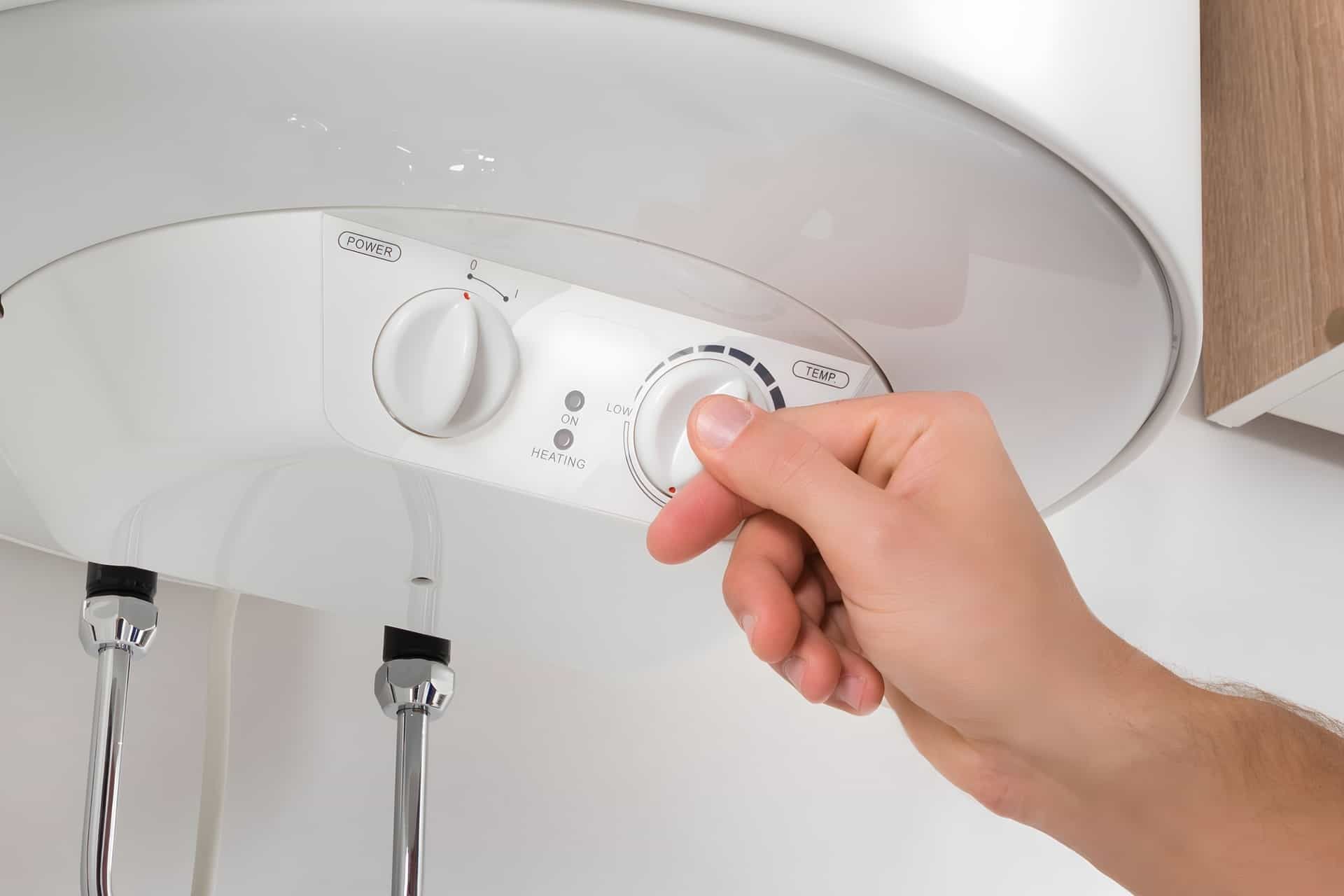How to Use the "Hold" and "Run" Thermostat Buttons

Understanding how to use your thermostat can make a big difference in maintaining a comfortable home and saving on energy costs. The "Hold" and "Run" buttons are often confusing. This guide will explain how to use these buttons and when each is helpful.
What Does the "Hold" Button Do?
The "Hold" button allows you to set a specific temperature for a period, disregarding any preset schedule. When you press "Hold," your thermostat will keep the temperature at your chosen level until you decide to change it or switch back to a scheduled program.
For example, if your
thermostat is set to lower the temperature while you're away but staying home that day, you can press "Hold" to keep your home warmer. This feature is also great if you're on vacation, as you can set your home to a more energy-efficient temperature without constantly adjusting the thermostat.
When Should You Use the "Hold" Button?
Using the "Hold" button can be helpful in specific situations, such as:
- Unexpected Schedule Changes: If your plans change, and you're home when you usually aren't, the "Hold" button temporarily allows you to adjust the temperature.
- Extended Trips: When leaving for several days, press "Hold" to set an energy-efficient temperature without changing your schedule.
- Extreme Weather: If there's a sudden hot or cold snap, you might use the "Hold" feature to maintain a comfortable temperature without changing the schedule.
How Do You Set the "Hold" Temperature?
Setting the "Hold" temperature is simple:
- Use your thermostat up and down arrows to select the desired temperature.
- Once you've chosen a temperature, press the "Hold" button.
- The thermostat will keep your selected temperature until you cancel "Hold."
The display will usually show that it's in "Hold" mode, indicating that the thermostat isn't following its usual schedule.
What Is the "Run" Button?
The "Run" button tells your thermostat to follow the programmed schedule you initially set up. Most thermostats allow you to create a schedule with specific temperature settings for different times of the day. For example, your home is more relaxed at night and warmer during the day.
The "Run" button essentially cancels any manual adjustments you've made, such as a "Hold" temperature, and returns the thermostat to its programmed schedule.
When Should You Use the "Run" Button?
The "Run" button is perfect for returning to your regular schedule after making temporary adjustments. Some common scenarios for using the "Run" button include:
- Returning Home After a Trip: If you set the thermostat on "Hold" while you were away, pressing "Run" will reset it to the usual schedule.
- After a Temperature Change for a Special Event: If you set the temperature to be more comfortable for a party or gathering, pressing "Run" will revert it to your scheduled settings once the event ends.
After an Emergency or Weather Event: If you've temporarily set your thermostat to handle an unexpected weather change, the "Run" button will help you resume your standard temperature settings.
How Do You Switch from "Hold" to "Run"?
Switching back to "Run" mode is straightforward:
- Press the "Run" button.
- The thermostat will return to the preset schedule.
This simple action can save you from unnecessary
heating or cooling, helping to reduce energy costs
How Do the "Hold" and "Run" Buttons Save Energy?
The "Hold" and "Run" buttons can help you save energy when used wisely. Here's how:
- "Hold" Button: This can help prevent constant heating or cooling when no one is home. Setting the thermostat to a more energy-efficient temperature during extended absences reduces energy use.
- "Run" Button: Following a schedule, your thermostat will avoid heating or cooling when you don't need it, like when you're asleep or at work.
Combining these buttons with a smart thermostat can improve energy efficiency even further. Smart thermostats often have additional options for customizing temperature schedules, learning your habits, and adjusting temperatures based on the weather.
Can You Use the "Hold" and "Run" Buttons on Any Thermostat?
Most modern programmable thermostats have "Hold" and "Run" buttons, but some older models may not. If your thermostat doesn't have these features, it is worth upgrading, especially if you want to take advantage of programmable schedules for better comfort and savings.
What Are Some Common Mistakes with the "Hold" and "Run" Buttons?
Here are a few mistakes to watch out for when using these buttons:
- Leaving "Hold" On for Too Long: If you forget to switch back to "Run" mode, your thermostat will continue to maintain the "Hold" temperature, which could lead to higher energy bills.
- Not Using "Hold" During Vacations: Some people forget to use the "Hold" button when going on trips, leaving their home temperature higher or lower than necessary while away.
- Pressing "Run" Too Soon: If you press "Run" too quickly after using "Hold," it may override a needed change before it takes effect.
Conclusion
Using the "Hold" and "Run" buttons on your thermostat can make your home more comfortable and save money. Whether setting an energy-saving "Hold" temperature for a vacation or returning to your regular schedule with the "Run" button, these simple settings can make a big difference in managing your home's climate. For expert advice and service on optimizing your thermostat settings, contact GNV Heating and Air Conditioning.
Disclaimer: The information on this website and blog is for general informational purposes only and is not professional advice. We make no guarantees of accuracy or completeness. We disclaim all liability for errors, omissions, or reliance on this content. Always consult a qualified professional for specific guidance.






